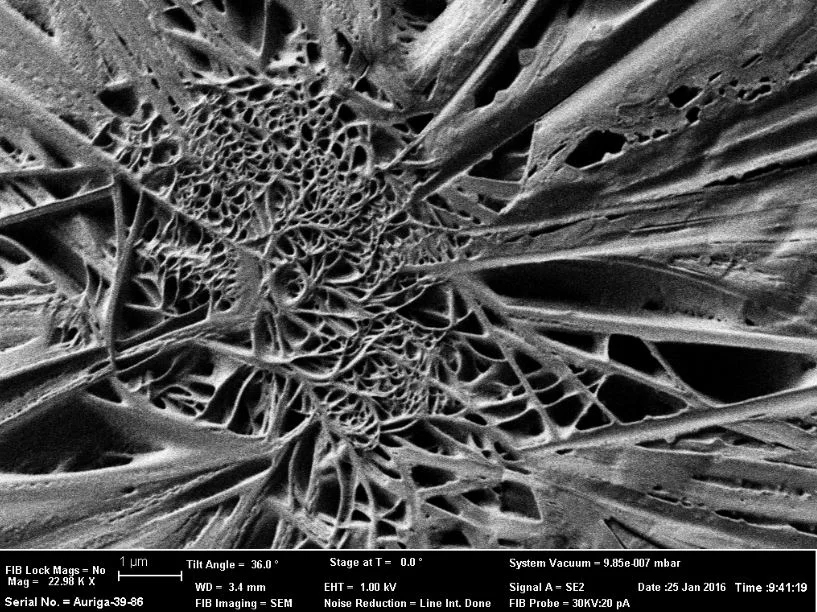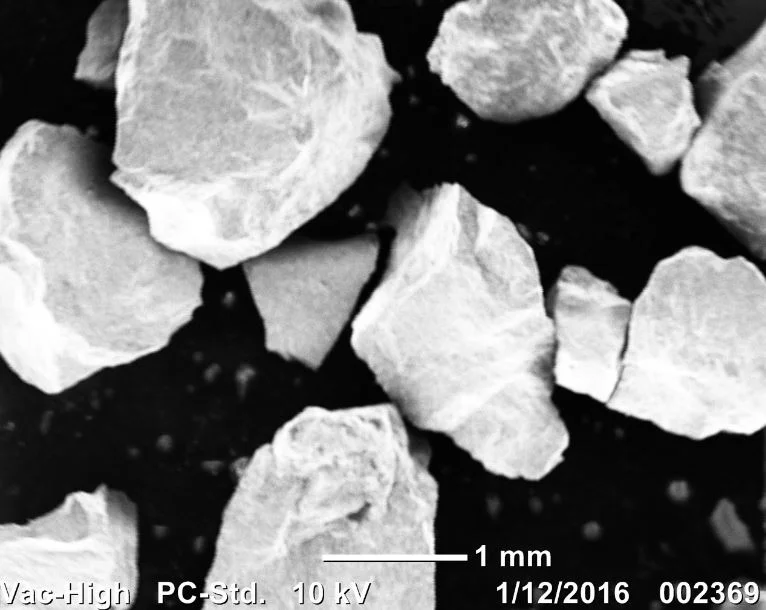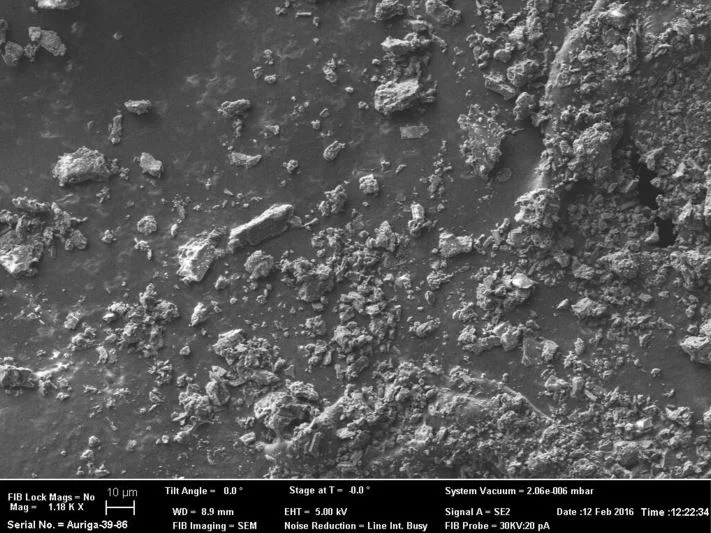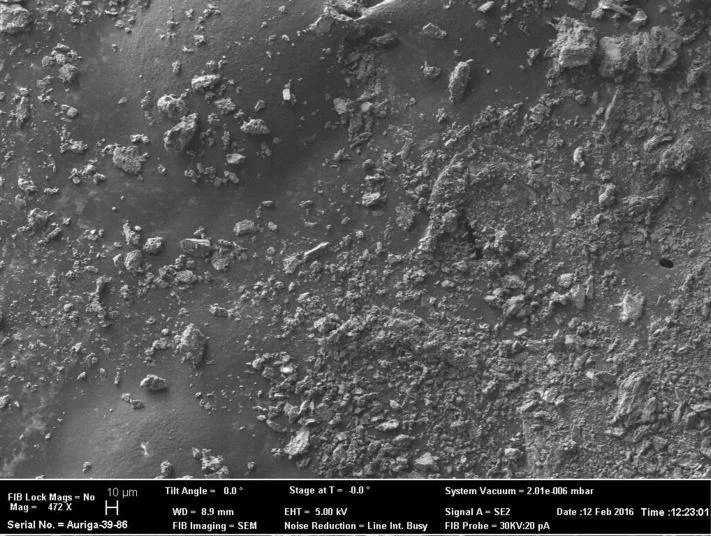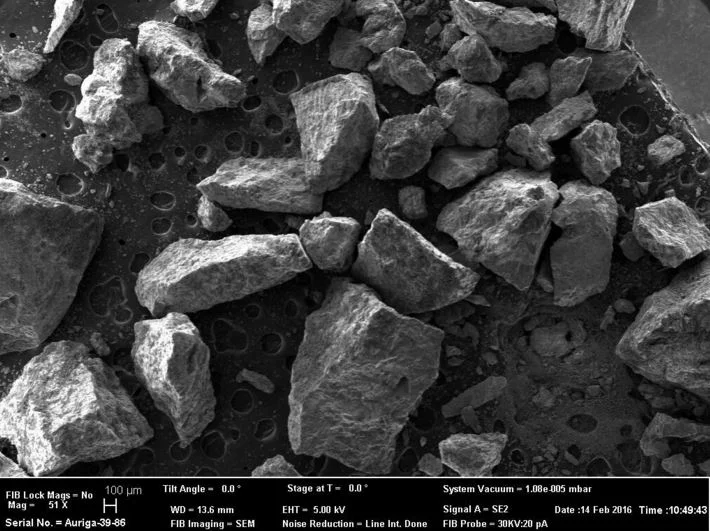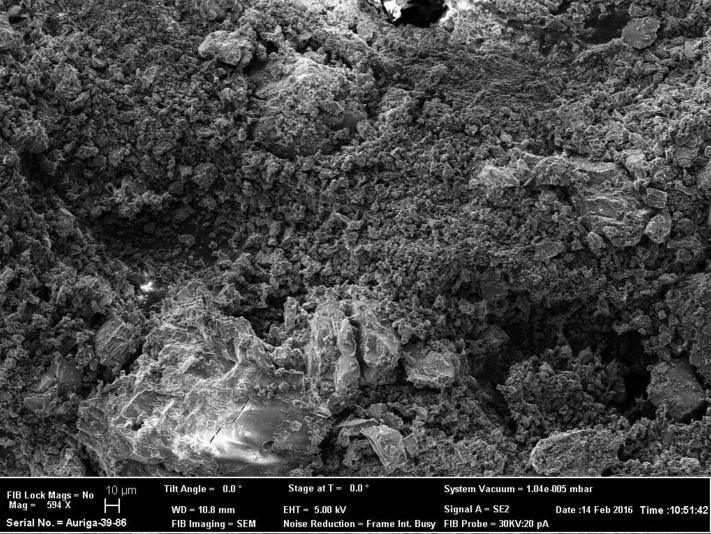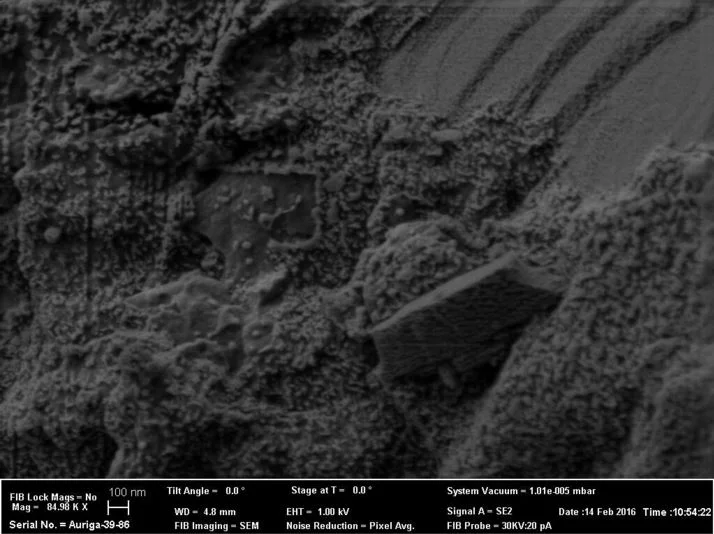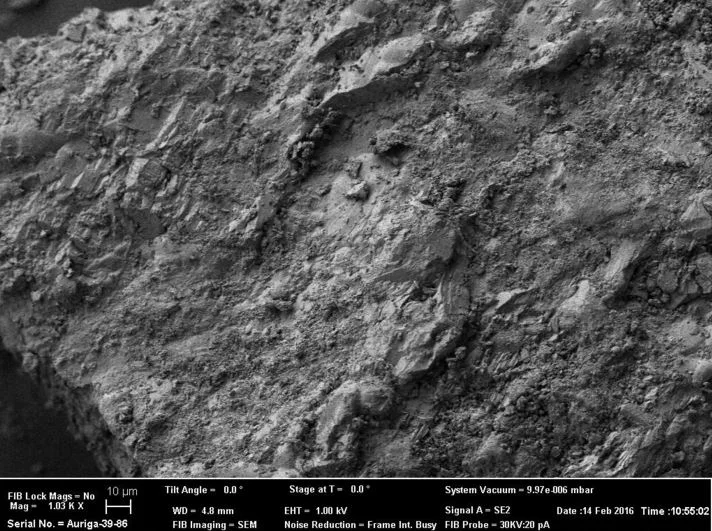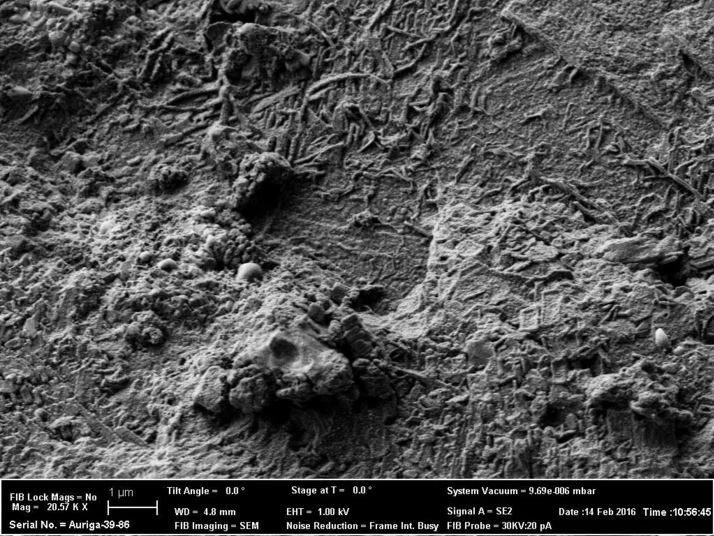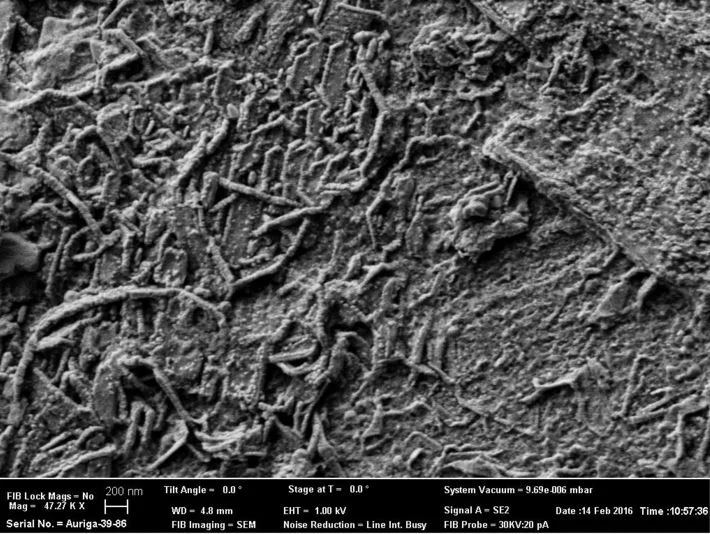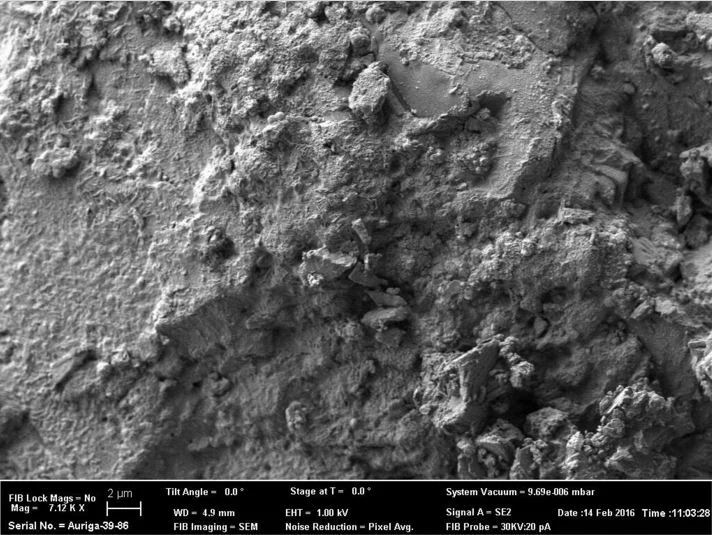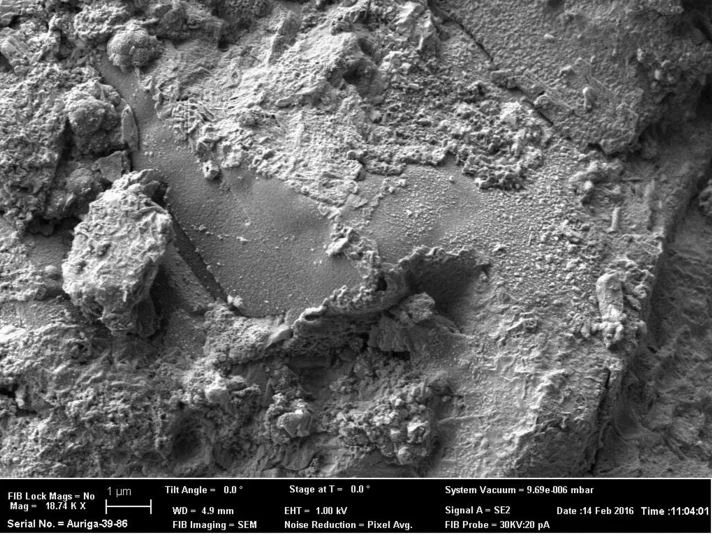Nano Carbon Fibers - A Carbon Negative Future for Our Environment
King Nanotechnology has successfully created a process to manufacture nano carbon fiber from atmospheric carbon dioxide. This is exciting because it offers a way of taking a greenhouse gas and sequestering the carbon from the air to make a usable product while releasing the oxygen back into the air. Every time that this process produces a ton of carbon fiber, 3.67 tons of carbon dioxide is sequestered from the atmosphere. This process is economically viable at scale using green energy. With the use of green energy, making carbon fiber is a carbon negative process that will help lower the amount of carbon dioxide in the air that is creating global warming.
There is still more work to be done to scale this product for commercial use. The process we have built is at a proof of concept scale, and there is more research that needs to be done to get this process ready for market. Market demand for carbon fiber has been steadily growing every year, and our product could be a game changer for the industry. Current demand for carbon fiber are from planes, automobiles, bicycles, and sporting equipment. All of these products could be made using the nano carbon fibers. Current methods to produce these the carbon fiber to make these products are made using a pitch that is an oil product. There is not a need for this pitch this new process for making nano carbon fiber.
We have had a sample ran by two different scanning electron microscopes (SEM). Please enjoy the images.
There is still more work to be done to make to scale this product for commercial use. However, the market for carbon fiber is growing on a yearly basis and is used in the production of items such as planes, automobiles, bicycles, and sporting equipment. The current methods used for the production of carbon fiber require a pitch that is an oil based product. The process that King Nanotechnology has successfully created will be able to make the same products, but in a carbon negative impact to the environment.

